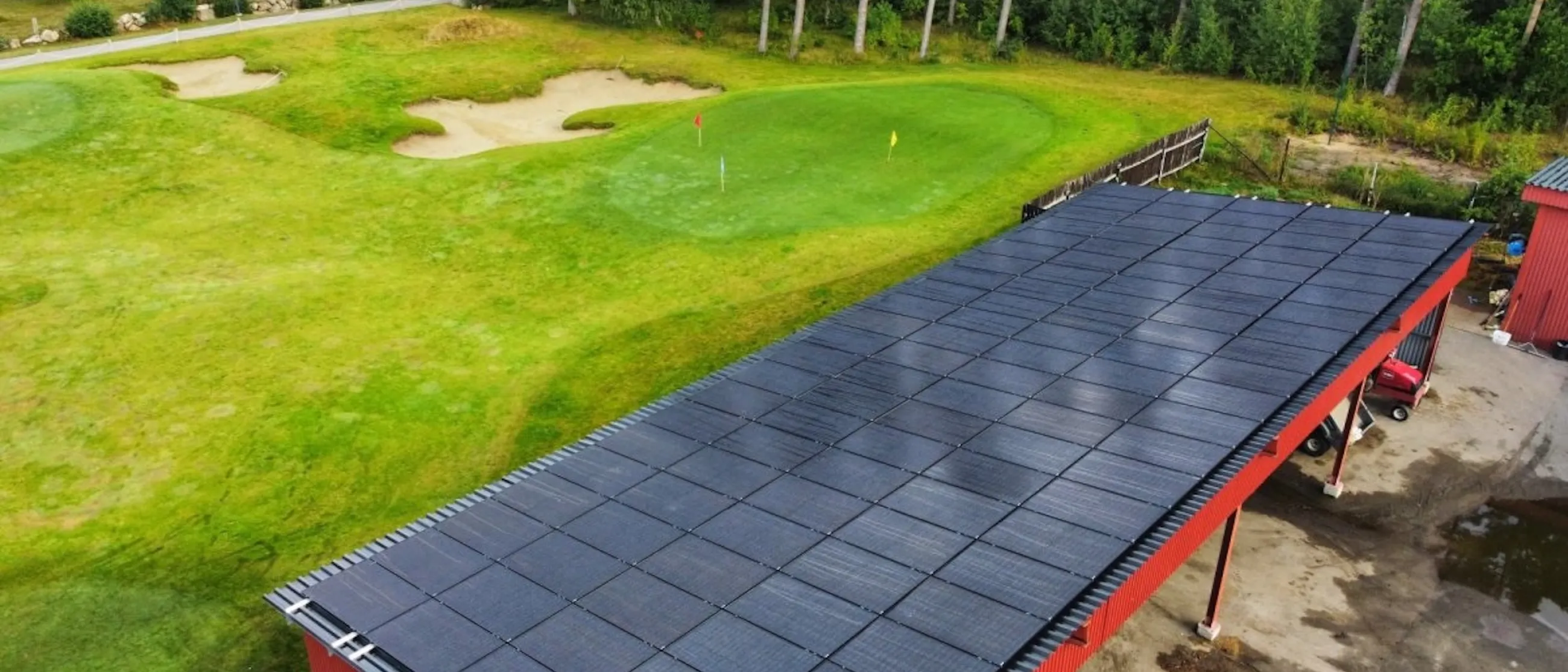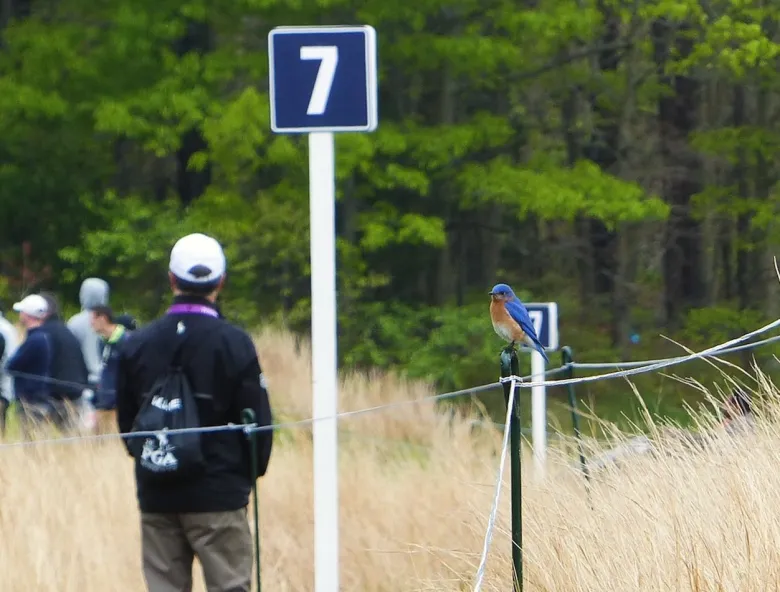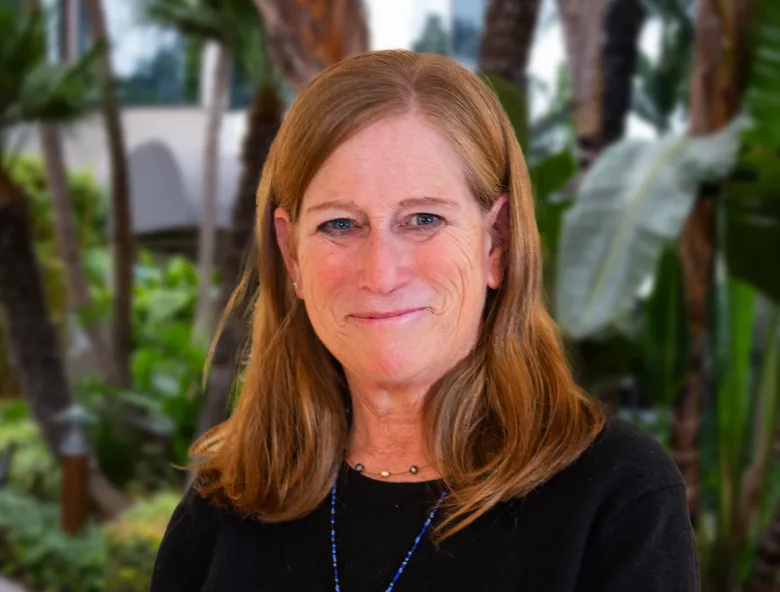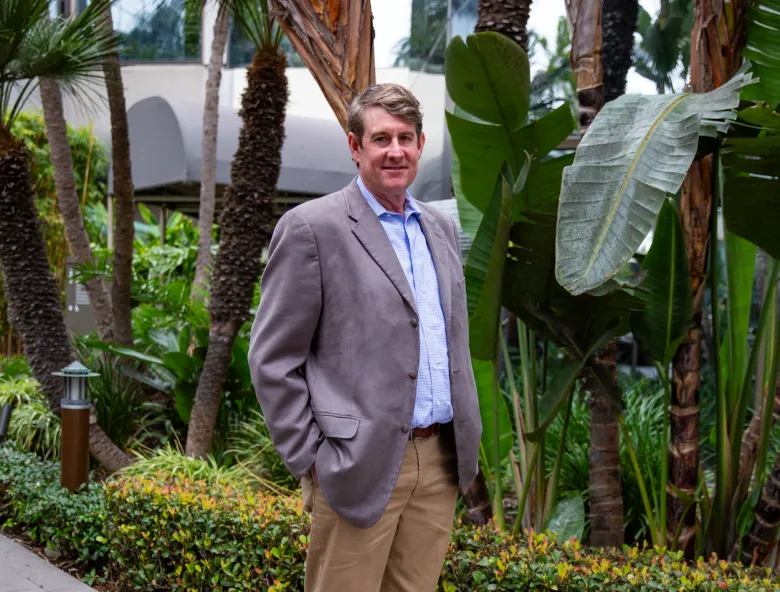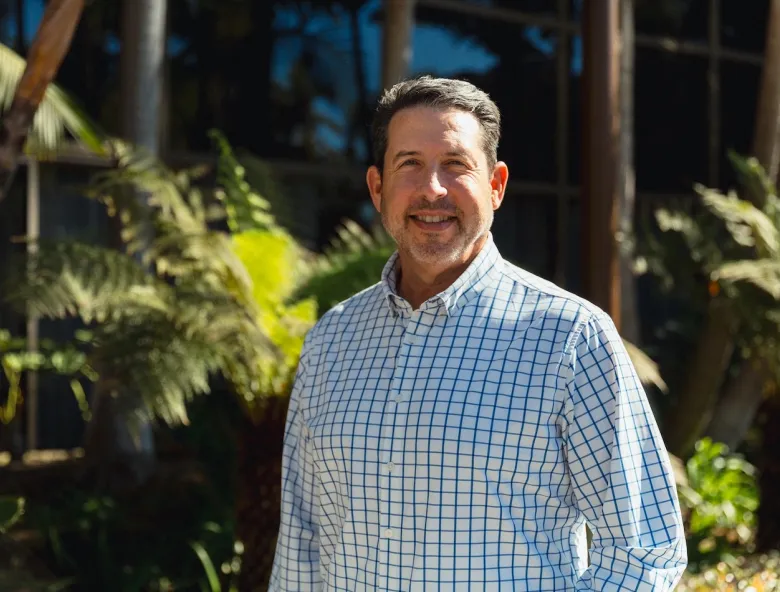From volunteer-run community clubs to luxury resorts, golf operators worldwide are investing in solar energy to power operations.
Harvesting thermal energy from sunlight is nothing new but high installation costs, the unpredictable nature of supply and space constraints were long-standing deterrents for golf course operators.
In the past decade, the cost of manufacturing solar panels has fallen dramatically and new technologies have developed to make it safer and cheaper to store solar energy in batteries.
These changes have coincided with global price hikes in oil and gas and resulted in more clubs, driving ranges and resorts choosing to install photovoltaic (PV) solar panels to generate, store and sell energy.
Hidden Creek Golf Club in New Jersey, U.S.A, installed PV panels in a stormwater retention basin and on the rooftops of maintenance buildings due to energy market volatility and exposure to sudden price hikes from commercial brokers.
The club applied for a federal grant covering 30 per cent of installation costs and generated revenue by selling SRECs (solar renewable energy credits) which helped power homes in its local community.
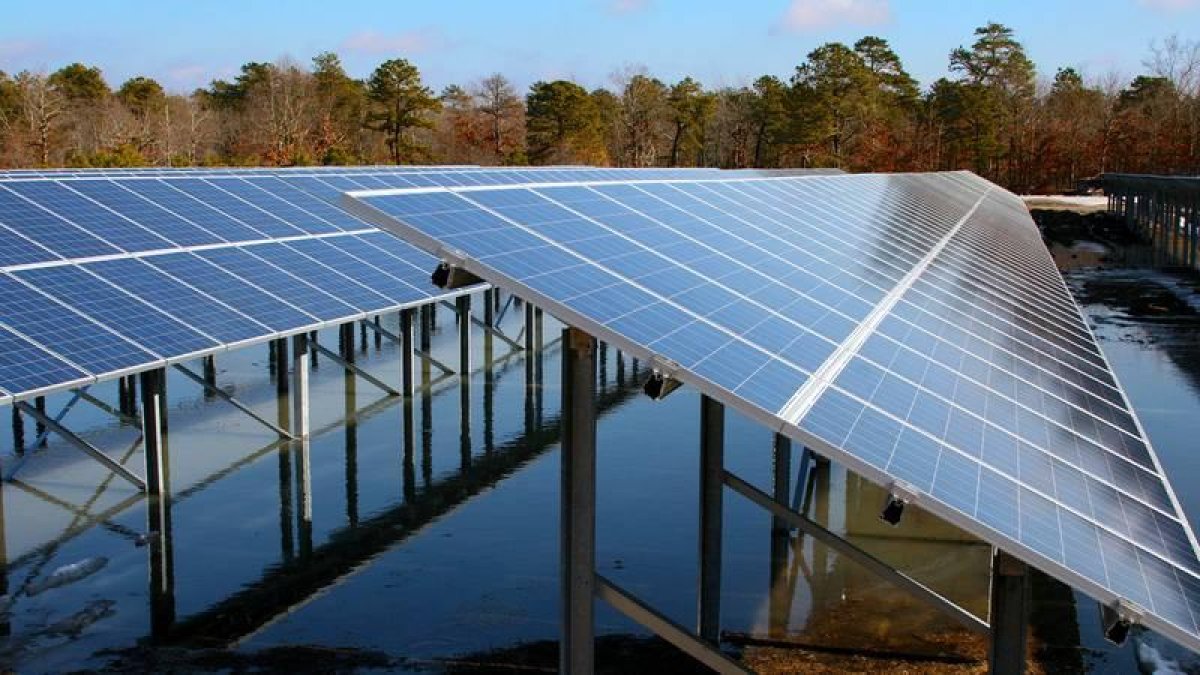
The USGA Green Section reported that Hidden Creek reduced its electrical expenses by 77 per cent at its maintenance facility and 28 per cent at its pump station, paying for the entire solar project within six years.
At Indian Wells Golf Resort, California, resort leaders partnered with the city government to fund the installation of solar panels on a new driving range, in parking lots and across course maintenance areas.
Chris Freeland, City Manager at the City of Indian Wells, says it will generate 80 to 90 per cent of energy used by the entire resort, including the main clubhouse, pump system and maintenance yard.
The entire project is expected to produce 2.3 million kilowatt hours a year, while removing the equivalent of approximately 2.1 million pounds of CO2 (carbon dioxide) from the environment.
“That’s important to us because energy prices continue to climb, but what we’re also trying to do is be a good steward of greenhouse gases and energy,” said Freeland.
Bala Golf Club is a 10-hole course, more than 1,000 feet above sea level in Snowdonia National Park, a remote mountainous region in Wales.
This volunteer-run community club was successful in applying to the Eryri Fund, a rural community grant scheme that offers between £5,000 and £20,000 for projects that improve quality of life for local residents.
Bala won funding and installed solar panels on its clubhouse roof, a move that cut costs, safeguarded the club’s long-term future as a social hub and employer and enhanced the park’s sustainability mission.
In Valencia, Spain, Club de Golf El Bosque has transformed 629 metres of its car park into a solar farm, which it says generates around 25 per cent of total power consumed.
Suur-Helsingin Golf Lakisto, Finland, and Sölvesborgs Golfklubb, Sweden, have both invested in PV panels across their clubhouse and driving range roofs.
Despite long Nordic winters and decreased daylight hours, Golf Lakisto says the panels still generate 13 per cent of its total energy and the remaining 87 per cent is sourced from other green, renewable sources.
Royal Birkdale Golf Club is one of the highest-profile golf clubs to recently invest in solar energy.
The 318 photovoltaic panels on its iconic clubhouse roof are used to charge six electric vehicle charging points, power its buggy fleet and support greenkeeping operations.

What Syngenta Thinks
A growing number of golf operators are choosing to take control of their energy costs by generating, storing and selling electricity harvested from sunlight.
Making ethical decisions around how your club approaches energy usage provides an opportunity to control costs, reduce carbon emissions, help combat global climate change and communicate your story to the wider world.
We know from the findings of our report Golf & Social Media: Sustainability, that speaking up to your stakeholders and the general public is critical to combat negative perceptions about golf clubs and their relationship with the environment.
Reassuringly, golf course businesses around the world are actively striving to improve sustainable practices, introduce digital tools and innovations that assist them in that mission, and are visibly demonstrating their commitment to people and the planet.
More information:
